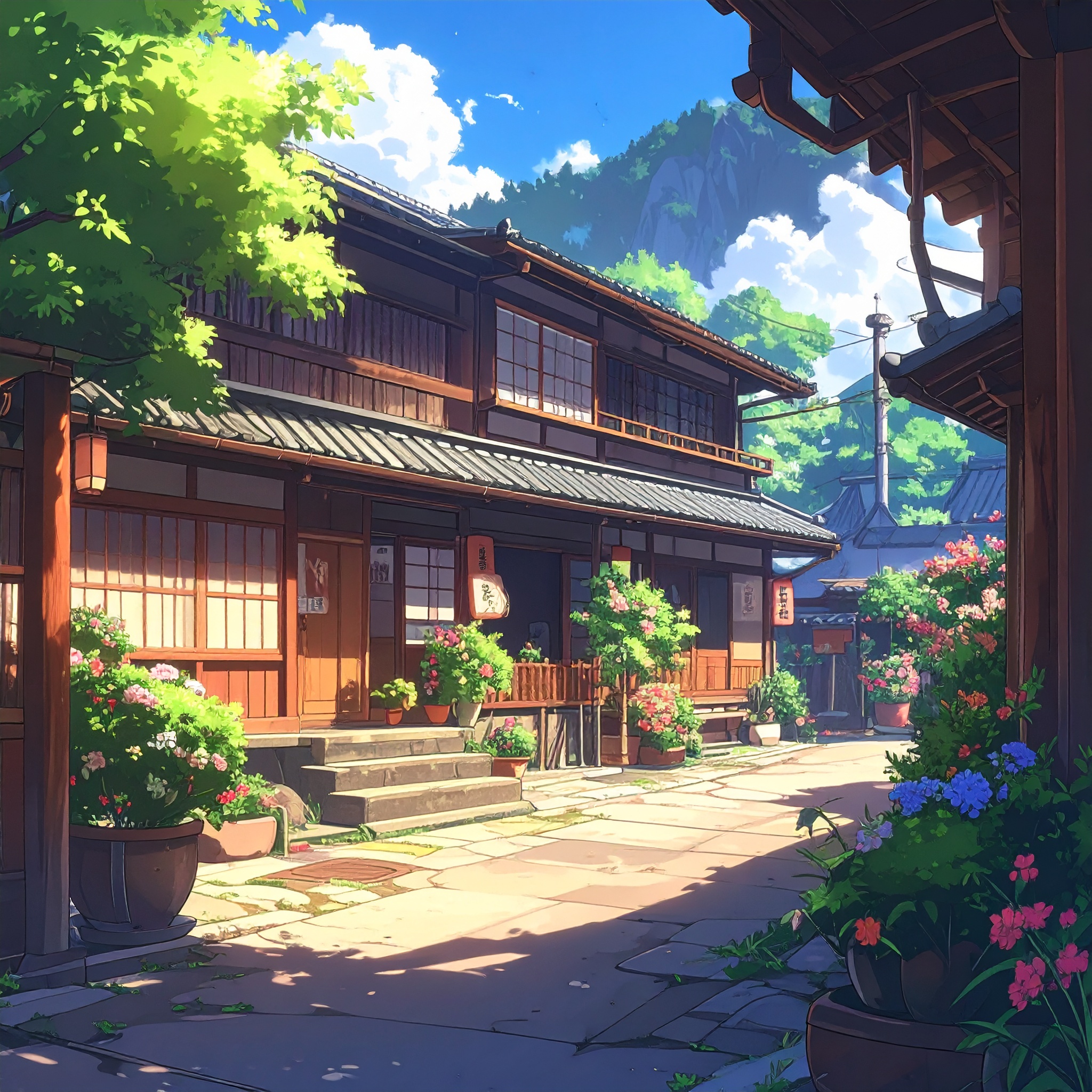When traveling through Japan, one often finds themselves captivated not by famous landmarks, but by the subtle beauty woven into daily scenes. The humble façade of a small wagashi (Japanese confectionery) shop by the station. A shaft of dawn light cutting across a shrine’s courtyard. The serene hush in a tatami room. These moments—familiar yet strangely otherworldly—beckon with quiet wonder.
The magic of Japanese culture lies in its unassuming presence. It doesn’t shout or stun; it gently speaks through modest details. It’s not in grand architecture or loud exhibitions, but in the view just below one’s gaze, or the faint atmosphere one senses with attuned ears. These small experiential invitations softly open a visitor’s senses to presence and subtlety.
Consider a simple tea cup served at a traditional inn. It’s not just a vessel—it helps frame the space. Its warmth in the palm, the delicate texture at the lips, the rising steam of freshly poured tea—all combine to create a moment of fullness. A carefully curated experience, modest yet mindful, offering a quiet surprise to anyone who pauses to notice.
As you walk the streets, you may unexpectedly encounter old stone paths or wooden buildings, softly lit by slatted screens and hand-painted signs. These touches evoke a sense of time’s slow flow, where modernity and history coexist. In this blend, one senses organic warmth and layered memories—a testament to life that’s lived, rather than built.

Japan’s sense of the extraordinary is not found in distant or grand spectacles, but in what’s often overlooked—revealed through a thoughtful gaze that honors subtlety. These discoveries aren’t dramatic fireworks; they are gentle stirrings of the heart, expanding softly within one’s inner world.
This quiet wonder relies entirely upon the observer’s sensitivity. Because these experiences come without explicit explanation, there is room for personal interpretation—and it is exactly within that space that true richness unfolds. Japanese culture, which values what remains unsaid, honors this kandjiru-ryoku—the power to feel deeply.
Whether it’s the low entrance of a tea room, the hushed atmosphere of a Noh stage, or the muted click of a sliding shōji, each restrained detail evokes a sense of escape—not from reality, but into a more profound awareness of it. It is deliberate, contemplative design.
When visitors say they feel “calm” or “at ease” in Japan, it is this subtle non-ordinary nestled within daily life that touches them. A softness that seeps inward rather than shouting outward. Over time, these gentle encounters shape a distinct Japanese worldview—one built from countless quiet moments.
True beauty often hides within the everyday: a familiar lane, a simple greeting, a dish that reflects the season. To notice these is the first step toward discovering Japan’s “silent wonder.” And long after your journey ends, these moments return—unexpectedly—shaping your ways of seeing and being. Japan’s impact is gentle, enduring, and profoundly felt.




